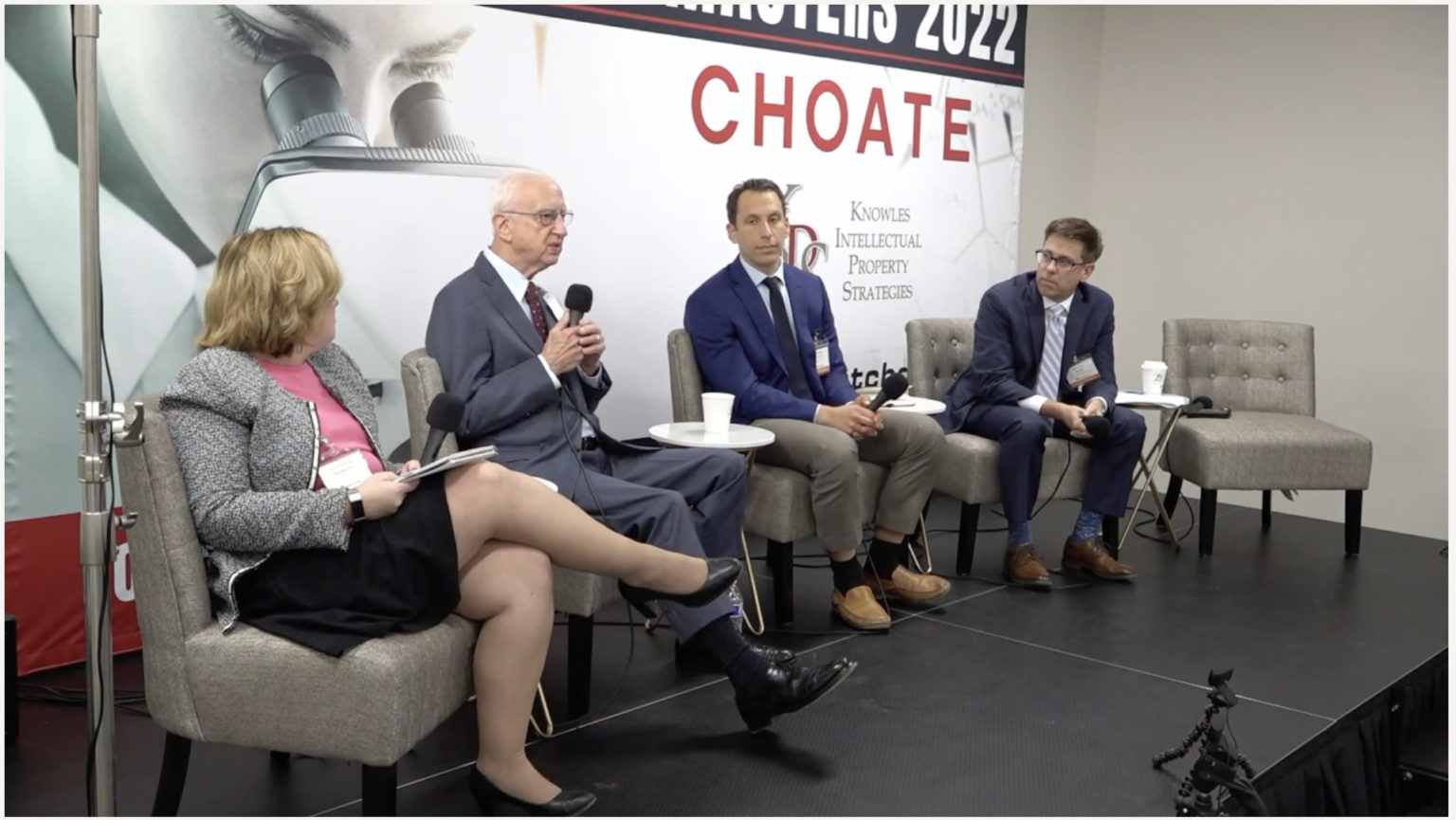F1 Team Sues Former Principal Over Personal Photographs Displaying Team Trademarks in Memoir | Miller Canfield
Earlier this year, the Haas F1 Team announced it would compete in the 2024 Formula One Championship without the leadership of its former principal Guenther Steiner. Following this separation, Steiner sued his former team for unpaid commissions and unauthorized use of his name and likeness. Now, the team’s sponsor, Haas Automation, Inc. (“Haas”), has sued Steiner for allegedly infringing the company’s trademarks with the sale of his book “Surviving to Drive.”
In its lawsuit, Haas identifies several federally registered trademarks for its primary business of computer numerical control (“CNC”) machine tools, as well as for its motorsports related activities including branded apparel and entertainment. Steiner’s book “Surviving to Drive: A Year Inside Formula 1: An F1 Book”, is a behind the scenes account of his role as team principal of the Haas F1 Team. The book features photographs of the team’s drivers, personnel, and Steiner himself wearing team clothing bearing a Haas trademark, as well as photographs of the F1 race cars with the trademarks. Haas argues that by infringing its trademarks, consumers are likely to be deceived as to the origin, source, sponsorship, or affiliation of Steiner’s book. The suit against Steiner will likely turn on two questions: first, whether there is a likelihood of confusion between Steiner’s book and Haas Automation’s goods and services; and second, whether the use of Haas Automation’s trademarks constitutes fair use.
The first question, whether Steiner’s use of Haas’ trademarks is likely to cause confusion about the source of the book, involves an analysis of several factors. One of the first factors is whether the book is related to the goods and services protected by Haas’ trademarks. The Haas trademarks are, primarily, for goods manufactured and sold by Haas such as CNC milling and drilling machines, lathes, their parts/accessories, and repair services. Some of the trademarks are also for goods and services related to Haas F1 Team, such as clothing, providing advertising space on race cars, and entertainment services in the nature of automobile racing. The relatedness of the goods is but one factor in the analysis and it is entirely possible for a court to find infringement even for unrelated goods, particularly where the marks are identical.
Even if a likelihood of confusion is found, however, Steiner’s use of Haas’ trademarks may very well be considered fair use. Fair use permits a person to use the trademark of another when referencing the other’s goods and services. New Kids on the Block v. News Am. Publ’g, Inc., 971 F.2d 302, 308 (9th Cir. 1992). Several factors are considered when determining whether fair use is a defense to trademark infringement: whether the product or service is readily identifiable without use of the trademark, if only as much of the mark as necessary is used to identify the product or service, and whether the use suggests sponsorship or endorsement by the trademark holder. Id. Because the relationship between Haas Automation and Haas F1 Team is that of the title sponsor, the prominent placement of photographs where the trademark is a primary element (and not simply one of many logos on an item of clothing worn by the photo’s subject) might be found to suggest a similar sponsorship or endorsement.
This lawsuit highlights the importance for individuals when including third-party trademarks in advertisements, publications, or websites. While it may be difficult or impossible to avoid use of a trademark, it is important to consider if the use is limited to only what is necessary, and if the use might imply sponsorship or endorsement.






